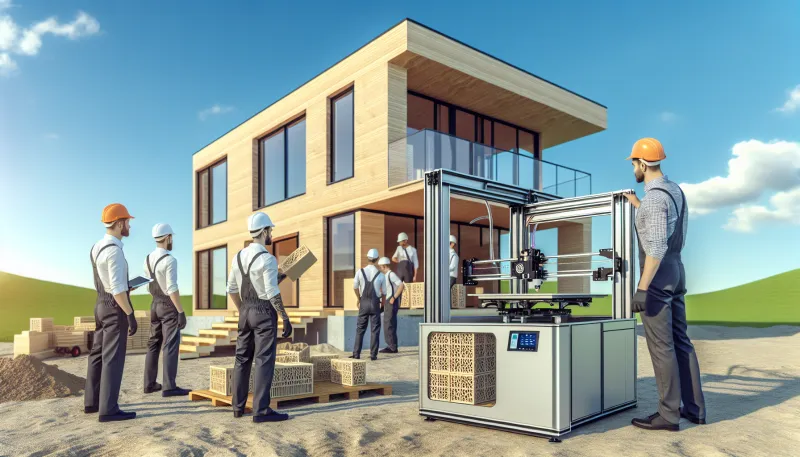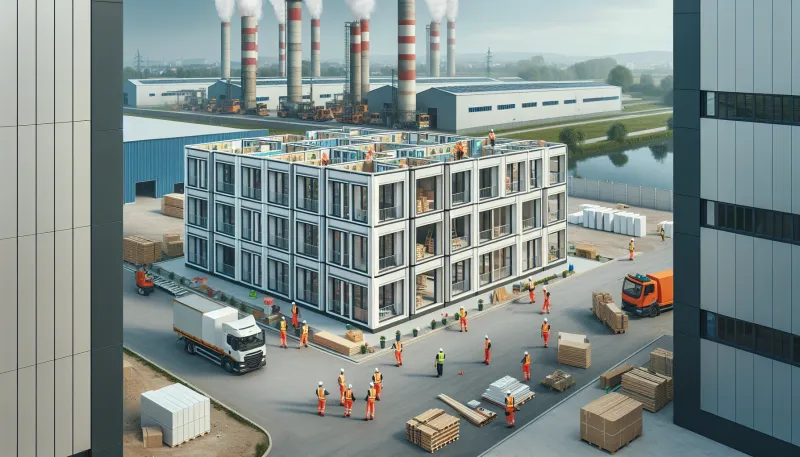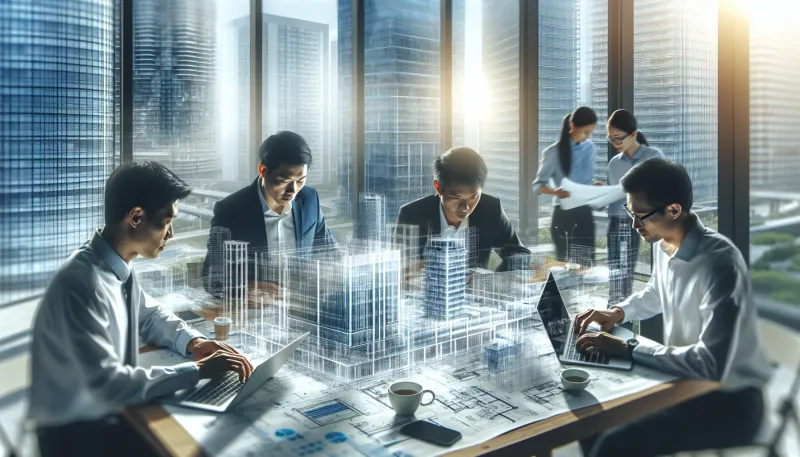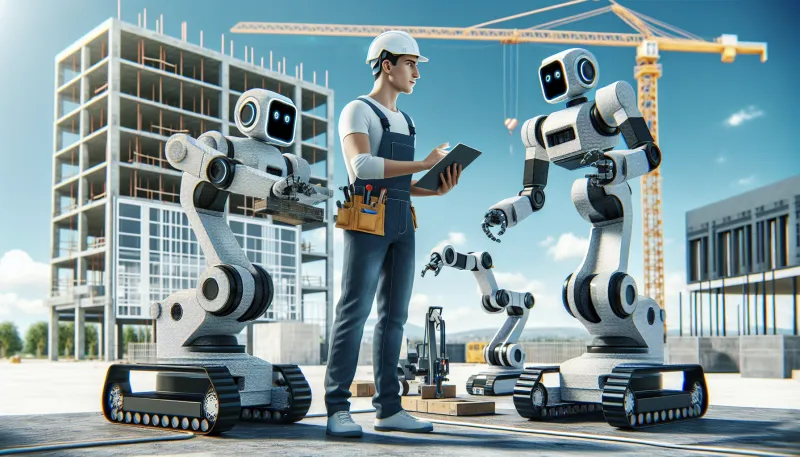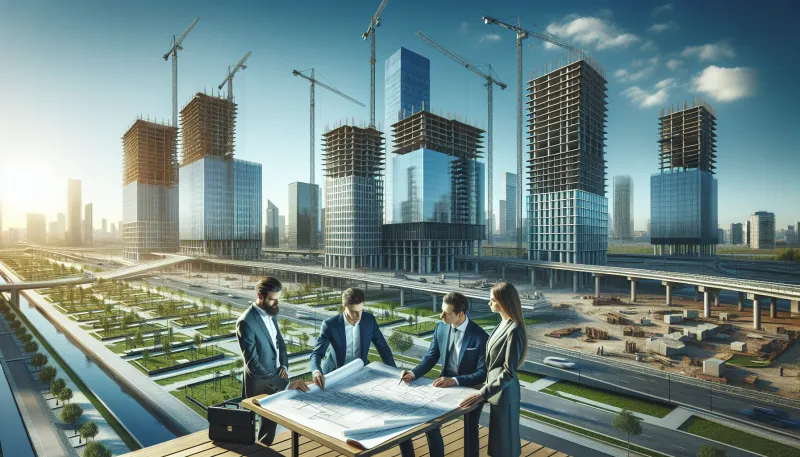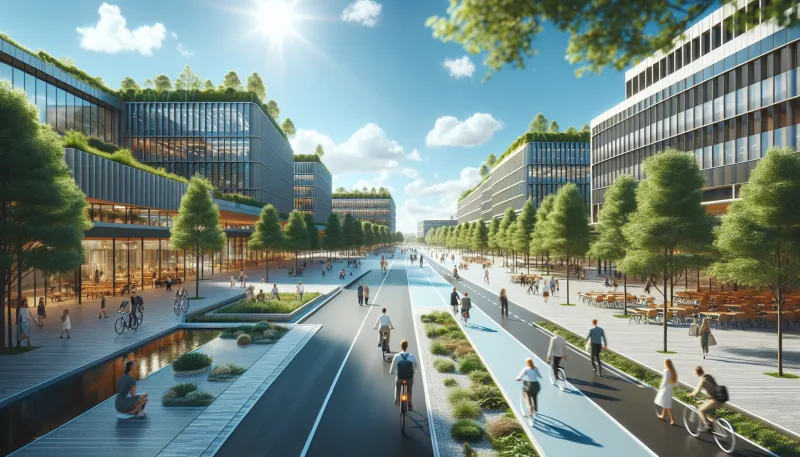
Sustainable Urban Design: The blueprint for future cities
- Understanding sustainable urban design
- The role of green infrastructure
- Energy efficiency in urban environments
- Promoting sustainable mobility
- Incorporating mixed-use developments
- Water conservation strategies in cities
- The importance of community engagement
- Leveraging technology for smarter cities
- Resilience and adaptability in urban planning
Understanding sustainable urban design
Sustainable urban design is an approach that integrates environmental stewardship, social inclusiveness, and economic growth within the urban planning process. It aims to create built environments that minimize ecological footprints while maximizing the quality of life for all residents. The goal is a harmonious balance between developed spaces and natural systems.
The role of green infrastructure
Green infrastructure, including parks, green roofs, and urban forests, plays a critical role in sustainable urban design. These elements help mitigate urban heat island effects, manage stormwater, and improve air quality.
Key benefits include:
- Enhancement of biodiversity
- Reduction of flooding risks
- Providing recreational spaces for communities
Energy efficiency in urban environments
Energy efficiency is fundamental to reducing a city's carbon footprint. Sustainable urban design incorporates energy-efficient buildings, smart grids, and renewable energy sources such as solar and wind. Technologies like: motion-sensor lighting, improved insulation, and district heating systems contribute to reduced energy consumption and lower greenhouse gas emissions.
Promoting sustainable mobility
Transportation is a major contributor to urban pollution. Sustainable urban design emphasizes walkability, cycling infrastructure, and accessible public transit systems. By encouraging alternative modes of transportation, cities can decrease traffic congestion and air pollution. Examples include dedicated bike lanes, pedestrian-friendly streets, and integrated metro systems.
Incorporating mixed-use developments
Mixed-use developments combine residential, commercial, and recreational spaces within close proximity. This approach reduces the need for long commutes and fosters vibrant, diverse neighborhoods. Benefits include:
- Increased local economic activity
- Improved social interactions
- Enhanced access to amenities
Water conservation strategies in cities
Water scarcity is a critical challenge for many urban areas. Sustainable design incorporates water-saving technologies such as rainwater harvesting, greywater recycling, and permeable pavements that allow water infiltration. These strategies not only conserve water but also reduce the burden on municipal systems and prevent urban flooding.
The importance of community engagement
Effective sustainable urban design requires active community participation. Involving residents in planning promotes inclusiveness and ensures that developments meet local needs. Engagement methods include public workshops, digital platforms, and participatory design sessions, creating a sense of ownership and responsibility among citizens.
Leveraging technology for smarter cities
Smart city technologies enhance sustainable urban design by optimizing resource use and improving connectivity. Examples include IoT sensors for energy monitoring, AI-driven traffic management systems, and data platforms for environmental tracking. These innovations enable cities to operate efficiently and respond dynamically to challenges.
Resilience and adaptability in urban planning
Future cities must be resilient to climate change and other disruptions. Sustainable urban design integrates adaptive measures such as flood defenses, flexible infrastructure, and emergency response planning. This proactive approach ensures that urban areas can withstand shocks while maintaining essential services.
Tommy is a property-passionate journalist who covers the forces shaping housing and the built environment. With a data-driven approach and a reporter’s curiosity, he writes on market cycles, urban development, PropTech, and policy—always connecting numbers to everyday lives. [Name]’s work blends clear analysis with on-the-ground reporting to help readers navigate trends, opportunities, and risks across residential and commercial real estate.




